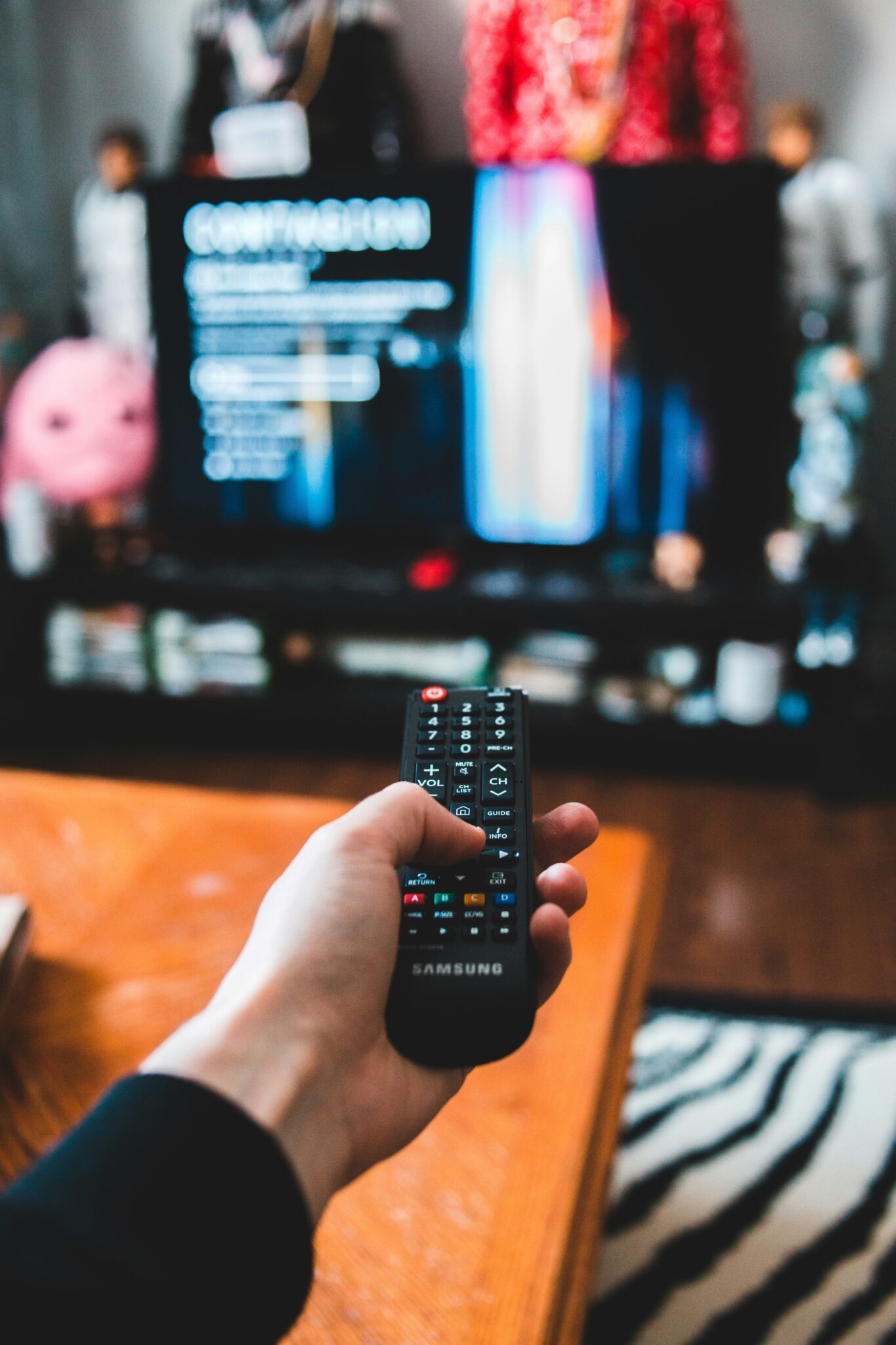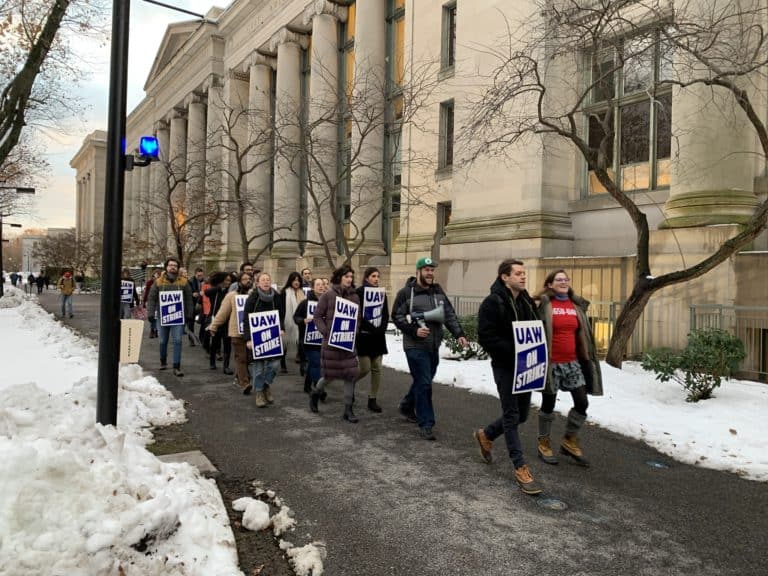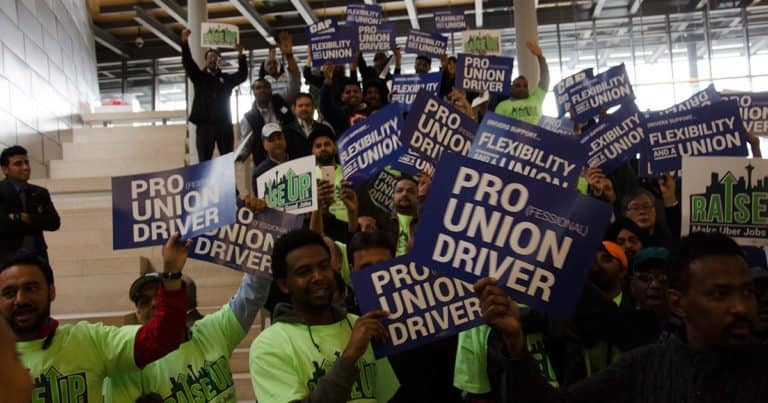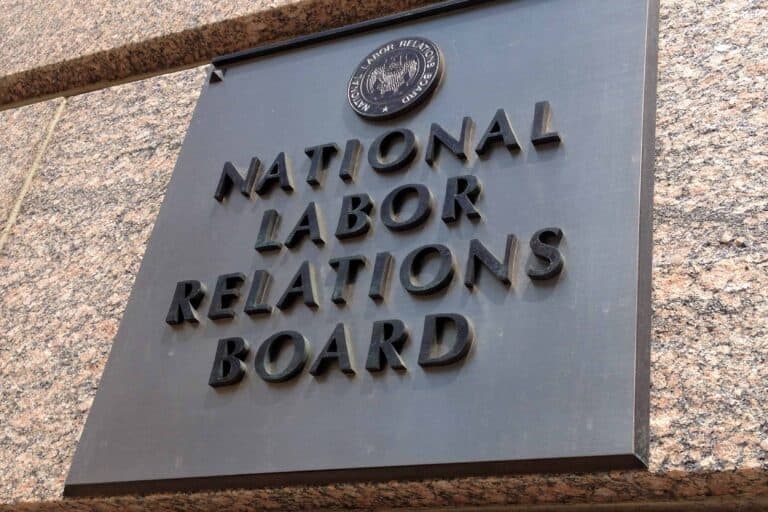Hannah Finnie is a writer in Washington, D.C. interested in the intersections of work and culture. She is a graduate of Harvard Law School.
Reality TV performers on the popular Netflix dating show “Love Is Blind” are used to being in the spotlight. Their storylines regularly generate national debates about love, betrayal, and commitment. But last month, they made national news for a different reason: labor rights.
In response to labor and employment law claims filed by a former cast member, a regional office of the National Labor Relations Board (NLRB) issued a complaint against the show’s producers. Although the production company classified them as contractors, the office found that “Love Is Blind” performers are employees.
Under our most important labor and employment laws, only employees – not independent contractors (or “participants,” in production parlance) – get access to basic rights like the minimum wage or the right to unionize. One seemingly small difference in employment classification can mean a world of difference in the rights reality TV performers have on set.
The show’s producers now must accept the NLRB’s determination, or appeal and continue arguing “Love Is Blind” contestants are independent contractors.
I’ve studied this issue from a legal perspective for years. No matter what production companies argue, the answer is clear: “Love Is Blind” cast members are absolutely employees.
They pass both prevailing tests for employee classification. There remains room for interesting, thornier legal questions like: what about someone who appears on a reality show that only films for one day? What about shows that are more documentary-style in nature, where the producers have less control?
But whether “Love Is Blind” performers who film for months under the heavy hand of the production company, are employees? That’s an easy one.
So why has it taken so long to start getting this relatively straightforward problem right?
The short answer: U.S. labor and employment laws frequently refuse to recognize feminized labor – work perceived as “women’s work” – as the labor it is.
From house cleaning to child care to, yes, reality tv work, feminized labor is systematically undervalued in our society. And our laws not only reflect that, they perpetuate it too.
The depreciation of women’s labor – and particularly women of color’s labor – is baked into the foundations of our most important workers’ rights laws.
Take the National Labor Relations Act (NLRA), one of the bedrocks of American labor and employment law.
Your right to unionize? Protection against retaliation? Thank the NLRA.
At the same time Congress deemed these protections important enough to enshrine into law, it also knowingly excluded many categories of workers. One thing these ostracized professions shared? They were heavily occupied by women and/or other marginalized groups.
Just look at domestic workers. Congress carefully snipped them out from the NLRA’s umbrella of protections. When Congress took up the NLRA in the 1930s, two-thirds of domestic workers were women.
To look at it another way, in the 1930 census just 4.7% of working men were domestic workers. In contrast, nearly a third of all working women were domestic workers.
Even today domestic workers, the majority of whom are Black, Hispanic, or AAPI women, remain excluded from the NLRA and the crucial rights it provides.
Agricultural workers are another example. When Congress excluded them from the NLRA’s coverage, most were Black.
By excluding these industries from the NLRA and other foundational labor and employment laws, Congress left millions of women out to dry. And of the women who did benefit, white women were more likely to gain protections than women of color.
Today, the NLRA is still the source of many of our employment protections. And it bears the same biases written into it nearly a century ago. That’s why many industries with poor pay and working conditions have disproportionately high numbers of women and/or people of color: Today, 90% of domestic workers are women, and half are Black, Hispanic, or AAPI women. And almost half of agricultural graders and sorters are Latina even though Latinas form 6.9% of the working population.
So, back to reality TV and “Love Is Blind.”
Is reality television another example of feminized labor being undervalued societally and under-protected by our employment laws? I’d argue it is.
It’s true that both “Love Is Blind” cast members who filed the complaint are men. And it’s also true that there are plenty of men who appear on reality shows and are similarly (wrongfully) denied basic workers’ rights – although women are more likely to appear in reality TV roles than scripted ones.
That doesn’t override the fact that reality television is perceived as being made by and for women.
The behemoths of reality TV – think “Real Housewives,” “Married to Medicine,” and “Basketball Wives” – center on women and femininity. When people think of reality TV’s biggest stars, they think of women (and especially Black women, who carry the genre). This perception contributes to the identification of reality tv performance as women’s work.
Reality tv’s audience is also primarily women. How could reality TV be anything other than a feminized space when women are twice as likely to watch it as men?
There are likely some outliers to this overall idea of reality TV being made for and by for women. Competition-style shows like “Survivor” may be perceived as less feminine (except competitions centering feminized activities, like “Great British Bake Off”).
Even so, there’s also non-quantifiable evidence that reality TV is a feminized form of work. Culturally, admitting you enjoy reality television is often met with the same kind of derision reserved only for women-dominated activities and entertainment. Saying you watch “Love Island” at work invites more skepticism and outright ridicule than saying you’re a Cubs fan – even though both are, at the end of the day, forms of entertainment. Neither is more inherently valuable than the other.
I can’t offer hard numbers on the prevalence of this societally-accepted contempt for reality TV and how it compares to say, disdain for watching sports. The research doesn’t exist (which is part of a larger issue where information about women and gender expansive people is often left out of data collection, slowing progress).
But I can say that to me, the widespread cultural antipathy and condescension for reality TV hits the exact same nerve as other instances where American society and policy undervalues activities, sensibilities, and work that are heavily associated with women.
My defense of reality television as a legitimate piece of culture and form of work comes from the same part of me that knows doctors take women’s pain less seriously than men’s, women take on far more of the mental load, and women are more likely to die or be injured in car accidents because safety tests are only based on male test dummies.
The evidence we do have – the number of women stars and viewers, the social disdain – indicates reality tv work is a feminized industry. It’s part of the long tradition of “women’s work” having to fight tooth and nail to receive recognition as the labor it is.
So it shouldn’t be surprising that we’ve delayed and denied reality TV performers’ basic workers’ rights this long. It’s what we’ve always done to feminized fields. And it’s what we will keep doing if we continue relying on employment laws tainted with racism and sexism to define what work is and who workers are.









Daily News & Commentary
Start your day with our roundup of the latest labor developments. See all
October 19
DOL issues a new wage rule for H-2A workers, Gov. Newsom vetoes a bill that regulates employers’ use of AI, and Broadway workers and management reach a tentative deal
October 17
Third Circuit denies DOL's en banc rehearing request; Washington AG proposes legislation to protect immigrant workers; UAW files suit challenging government surveillance of non-citizen speech
October 16
NLRB seeks injunction of California’s law; Judge grants temporary restraining order stopping shutdown-related RIFs; and Governor Newsom vetoes an ILWU supported bill.
October 15
An interview with former NLRB chairman; Supreme Court denies cert in Southern California hotel case
October 14
Census Bureau layoffs, Amazon holiday hiring, and the final settlement in a meat producer wage-fixing lawsuit.
October 13
Texas hotel workers ratify a contract; Pope Leo visits labor leaders; Kaiser lays off over two hundred workers.